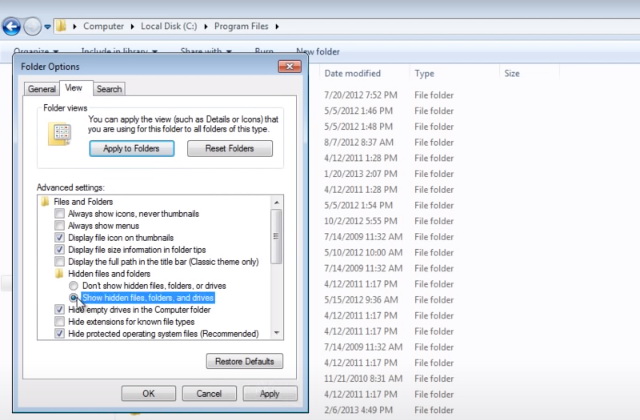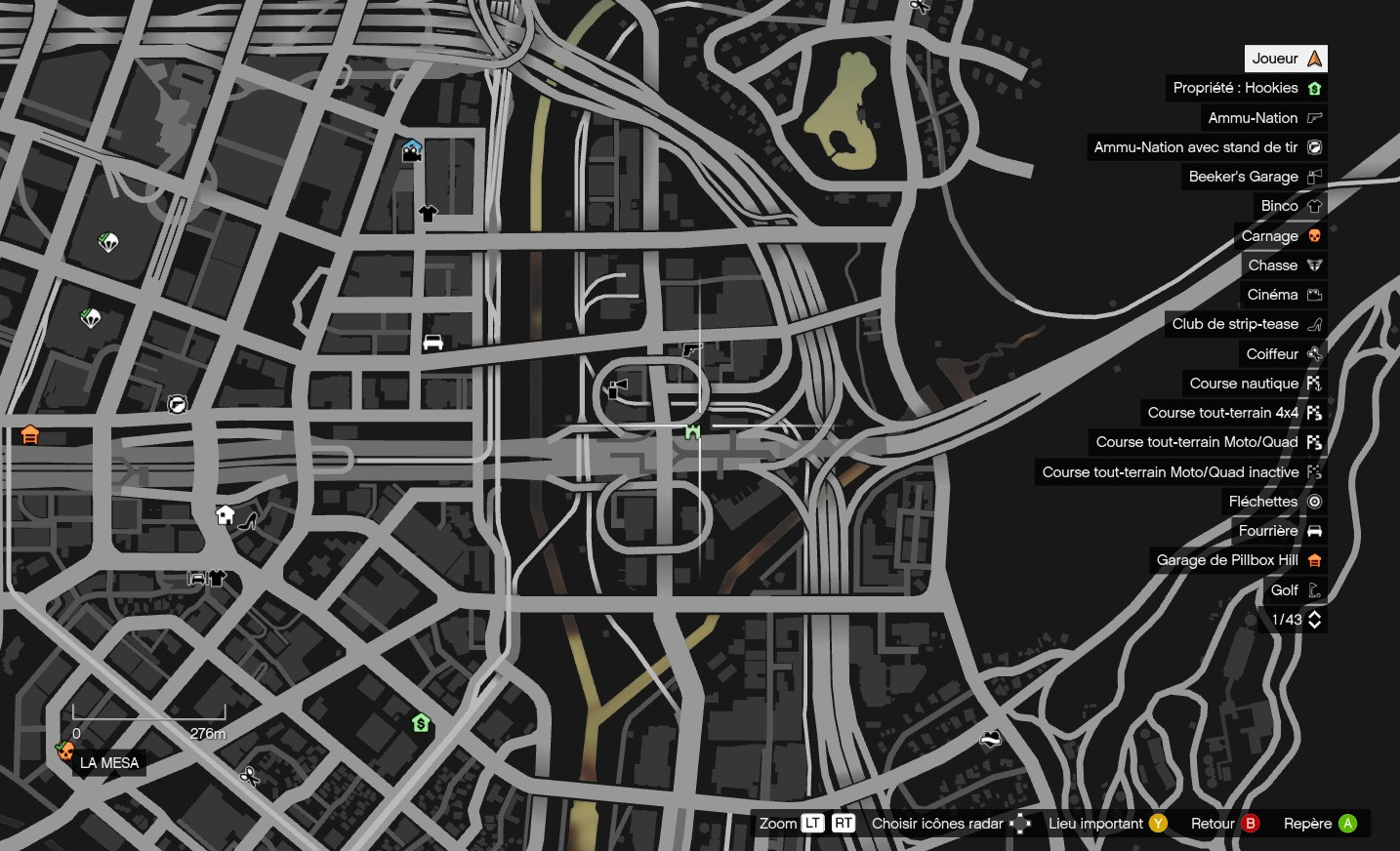

- #Hide folders full#
- #Hide folders rar#
- #Hide folders windows 10#
- #Hide folders free#
- #Hide folders windows#
Input attrib –s –h e:\goals.txt and press Enter to unhide the "goals" document. So, you can change the file name and use the attrib command to hide other files.
#Hide folders full#
Tips: "goals.txt" refers to the full name of the document (including file extension name). Hide and unhide files with Command Prompt:Įxample: Hide a txt file named "goals" in Disk E.Įnter attrib +s +h e:\goals.txt and tap Enter.
#Hide folders windows#
These files and folders can still show up in a Windows search. On the General tab of the Properties dialog box, check the Hidden box in the Attribute s section. Right-click on them and select Properties from the context menu. By clicking the Hide button in the main menu. Select the files or folders you want to hide.
#Hide folders free#
Step 2: Input attrib –s –h summary and press Enter. Free Hide Folder is a free application that lets you select a list of folders you would like to keep protected. Method 2: Go to the disk directory in cmd and then use an attrib command to unhide the folder ("Summary" folder in E disk). Note: You can change how Outlook arranges folders by clicking Folder Pane > Options. Tip: Click Minimized to minimize the Folder Pane or Off to remove it from the screen. Expand the Folder Pane by clicking the > on the left side of the screen. Note: In the attrib command, "-" means clearing an attribute. There are two ways you can view the Folder Pane. Input attrib –s –h c:\documents and hit Enter. Method 1: Directly use an attrib command to unhide the folder (referred to "Documents" folder in Disk C). Tips: Use this attrib command through changing the folder name (referred to "summary") to hide another folder.Īccordingly, there are two methods to unhide folders. Step 2: Input attrib +s +h summary and press Enter. Step 1: Type e: in the cmd and tap Enter to go to Disk E directory, as shown in the following picture.

Way 2: Enter the disk directory and then use an attrib command to hide the folder.Įxample: Hide a folder called "Summary" in Disk E. By analogy, if you want to hide a folder in another hard disk, you can use the attrib command by changing the drive letter and folder name.įor instance, suppose you would like to hide a folder titled "Summary" in E disk, you can input " attrib +s +h e:\summary" (without double quotation marks) in the Command Prompt and press Enter. Moreover, "c:" is the drive letter and "documents" is the folder name. Tips: In this attrib command, "+" stands for setting an attribute, "s" represents system file attribute and "h" means hidden file attribute. Step 2: Input " attrib +s +h c:\documents" (without double quotation marks) in the Command Prompt window and click Enter. Step 1: Simultaneously press Windows key and R key to open Run dialog box, input cmd and click OK to open Command Prompt. Way 1: Directly use an attrib command to hide the folder. Then, remove it.Hide and unhide folders with Command Prompt:Įxample: Hide a folder named "Documents" in Disk C. You should not leave the key.bat file with the folder you're hiding. To unlock the folder, double-click the key.bat file.

Double-click the lock.bat file to redirect the folder to the Control Panel, hiding the contents of the folder. Usersīoth batch files should be in the same folder you're hiding (not in the folder). Replace Users with the name of your folder. Then, create a new text file and copy and paste the following line into it. If you want to test it yourself, create a folder called Users or Fonts (or something else related to the Control Panel) and put the files you want to hide into it. But I could open it and view the contents anyway. The lock batch file successfully renamed the folder. However, I tested this on Windows 7, 8, and 10 and could not get it to work. When the folder is locked, opening it takes you to the Control Panel. You create two batch files, one that locks the folder and one that unlocks it. There is another method you can try that attempts to hide a folder by redirecting it to the Control Panel.
#Hide folders windows 10#
Hide Folders in Windows 10 by Redirecting to the Control Panel However, we could not extract the files once they were added to the JPEG image file, even using a variety of file extraction programs, such as 7-Zip, WinRAR, and PeaZip, and changing the file extension of the output file.
#Hide folders rar#
We tested the method of hiding files in a JPEG image using the command line and found success when adding a RAR file to a JPEG image using the following command: copy /b C:\Path\To\File\OriginalImage.jpg + FilesToHide.rar C:\Path\To\File\NewImageWithHiddenFiles.jpg Hide Windows 10 Files/Folders in a JPEG Image For the sake of completeness, you can check them out below. In addition to the methods covered above, we tried the two methods below-and failed to get them to work. Windows 10 File Hiding Methods That Didn't Work


 0 kommentar(er)
0 kommentar(er)
